That’s the great question a young woman posed to me when I spoke at Hollins Universitylast week.
My off-the-cuff answer was that a visionary is trying to shape the world. It’s the job of a futurist to help visionaries figure out how to create that preferred future.
But the question made me stop and think: maybe in addition to teaching museumers to be futurists, I should be encouraging you to be visionaries.
Futurists can be visionaries, and visa versa. Stuart Brand wants to recreate extinct species and create a clock that keeps accurate time for 10,000 years. (And, not incidentally, makes people think about what we need to do to ensure our descendents are still around to read the time.) The Russian transhumanist Dmitry Itskov envisions a near-term future (2045) in which humans become immortal by uploading their neural patterns into computers.
Stop and ask yourself: what kind of world do you want to create, and what can you do to bring it into existence? That’s a daunting question. When we look at the drivers of change that shape the world—climate change, economic disruptions, demographic transformation, technological revolution—it may seem like you strong enough to nudge the future in your preferred direction.
As individuals, and as single organizations, this is true—but we don’t have to act alone. There are (preliminary estimate, pending the IMLS museum census) over 20,000 museums in the United States, and more than 400,000 museum workers. As a field, we are big enough to have considerable heft, if we are only willing to set aside our fractal diversity and pull together on the issues that matter to all of us.
It’s worth reiterating that this is why AAM has chosen to morph from an “association” (a group of people who have an interest in common) into an “alliance” (a group advancing common interests). A subtle difference, but important. (If you are tempted to quibble definitions, be forewarned I will invoke Humpty Dumpty: “”When I use a word, it means just what I choose it to mean — neither more nor less.”)
I think CFM’s role in this transformation is to help museum practitioners, as a field, describe our shared vision of the preferred future, and figure out how we can use our combined resources to make it so. I can’t fill in the details of this future, but from working with you over the past four years I am pretty sure I can trace the outlines: it’s a future in which museums are vital resources that are central to their communities, valued and respected for their work. A future in which museums, whatever they specifically do, are generally seen as organizations that make their communities and the world a better place, and as worthy of public support.
How do we work towards such a big goal? As the old labor song says, “step by step the longest march can be done…many stones may build an arch, singly none.”
So here’s a first small step: The Alliance is mounting a pledge drive, not for your money, but for your participation in a project showing that museums share common values based on our responsibilities to the public. By taking the Pledge of Excellence you attest that your museum “in fulfillment of its educational mission, will strive to operate according to national standards and best practices to the best of its abilities and in accordance with its resources.” We will add your museums name to the pledge list on the Alliance website, demonstrating the unity of our field.
And don’t let “national standards and best practices” intimidate you: if you read them in Plain English (see page two) it’s clear they are things that all good museums can and should do.
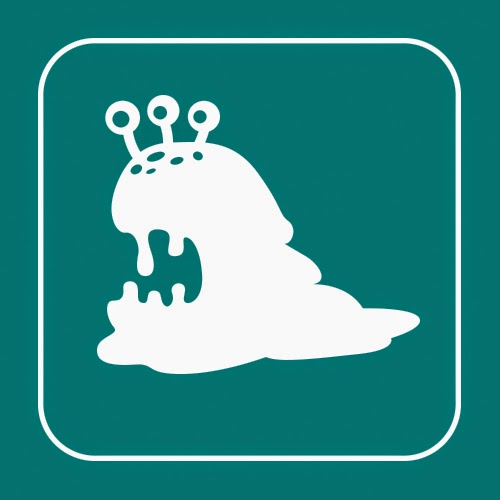
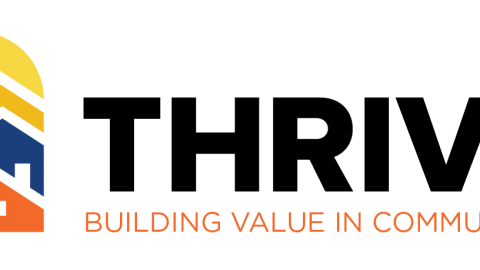
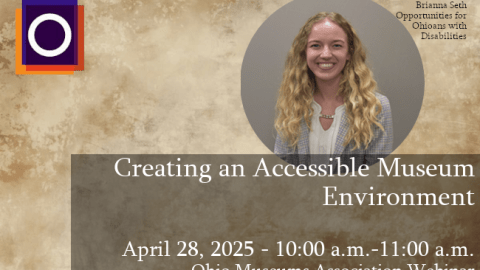


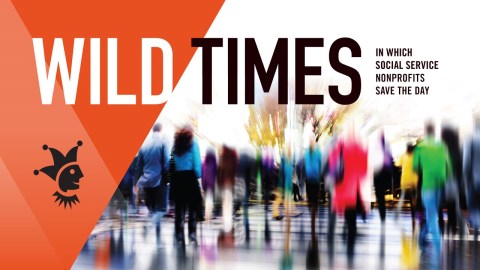
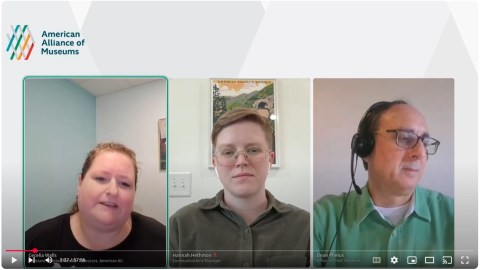
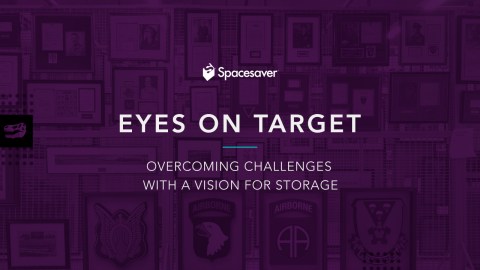
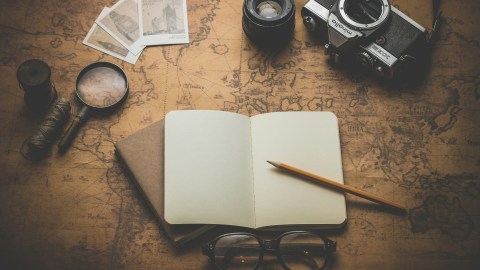
I'm creating a free academic chair of hospital museology with a colleague of Sorbonne U. Because I'm both a visionary and a futurist, I've the mind of the Korean who build the boat and the shipyard in the mean time. I belong to a group of people working in a fabulous project supposed to install in 2016 a new Museum of the Parisian Hospitals in the millenary Hotel-Dieu of Paris, built in 1164a.c. Because Hotel-Dieu and Nore-Dame de Paris were conceived and built in the same decade of the XIIth Century in the Ile de la Cité, the new Hotel-Dieu can't be nothing but at the origin of a masterpiece helpful in the management of Human Health all along the IIIrd Millenium. I've an innovative vision of what such a new Museum in such a patrimonial treasure of architecture should be. Because it is supposed to be opened in 2016 or so, we've to create the human resources able to adapt the project to a centenary future. Since we don't have anyone really competent, we've to train dedicated Ph.D. students who will both feature each part of the project and administrate the units of the museum they have conceived. I wish by soon the chair will be opened to international museologists, both doctorates and teachers. Jean-François Moreau, Emeritus Professor at the Paris Descartes University and President of the Association des Amis du Musée de l'AP-HP (ADAMAP)